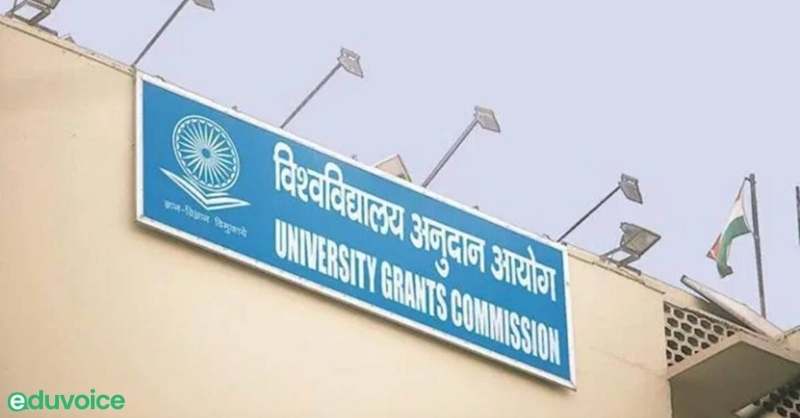The University Grants Commission (UGC) has simplified the procedure for an Indian higher education institution to offer programmes in collaboration with foreign universities by entering into a Memorandum of Understanding (MoU) with each other directly if they meet certain eligibility criteria, said UGC Chairman M. Jagadesh Kumar.
In its 557th meeting recently, the UGC decided that an Indian higher education institution that has a National Assessment and Accreditation Council (NAAC) grading of 3.01 or above, or is among the top 1,000 QS World University or Times Higher Education rankings or is among the top 100 universities under National Institution Ranking Framework, will be able to tie-up with a foreign education institution which to features among the top 1,000 QS or Times Higher Education rankings.
The previous regulations, known as the University Grants Commission (Promotion and Maintenance of Standards of Academic Collaboration between Indian and Foreign Educational Institutions) Regulations, 2016, which will now stand repealed, required two institutions to tie up with each other after obtaining the UGC’s approval. The UGC Chairman said that under the new regulations to be made public soon, universities and colleges will no longer be required to seek its permission to do so if they met the ranking criteria.
The earlier regulations were too strict and there were too many bottlenecks. Our simplified regulations will increase the scale at which students could benefit from such collaborations between Indian and foreign higher education institutions, said at a press conference.
Professor Kumar
Under the 2016 regulations, a foreign and Indian college or university could partner with each other to offer only “twinning” and “joint degree” programmes where Indian students received a degree only from an Indian institute along with a certificate from the foreign institute. But now, they can offer a third type of programme, that is, a “dual degree” programme, where both the institutes will issue a decree. Under a twinning programme, a student can get up to 30% credit utilisation of the total course from a foreign university, whereas under a joint and dual degree programme, he or she can get more than 30% of the total credits.
These collaborations will be permitted only for the conventional mode of learning and not for distance or online learning.
“We have four crore students in Indian higher education institutes but over a period of time, this will increase to 10 crores. While we continue to build new institutes, it is also important to provide high-quality education through collaborations with foreign institutes. This will also enhance the employability of our students,” Prof. Kumar said.
He said the move will also help attract foreign students to India, which will lead to internationalisation, which is an important parameter for improving the global rankings of higher education institutions.
For More Such Articles, News Update, Events, and Many More Click Here






